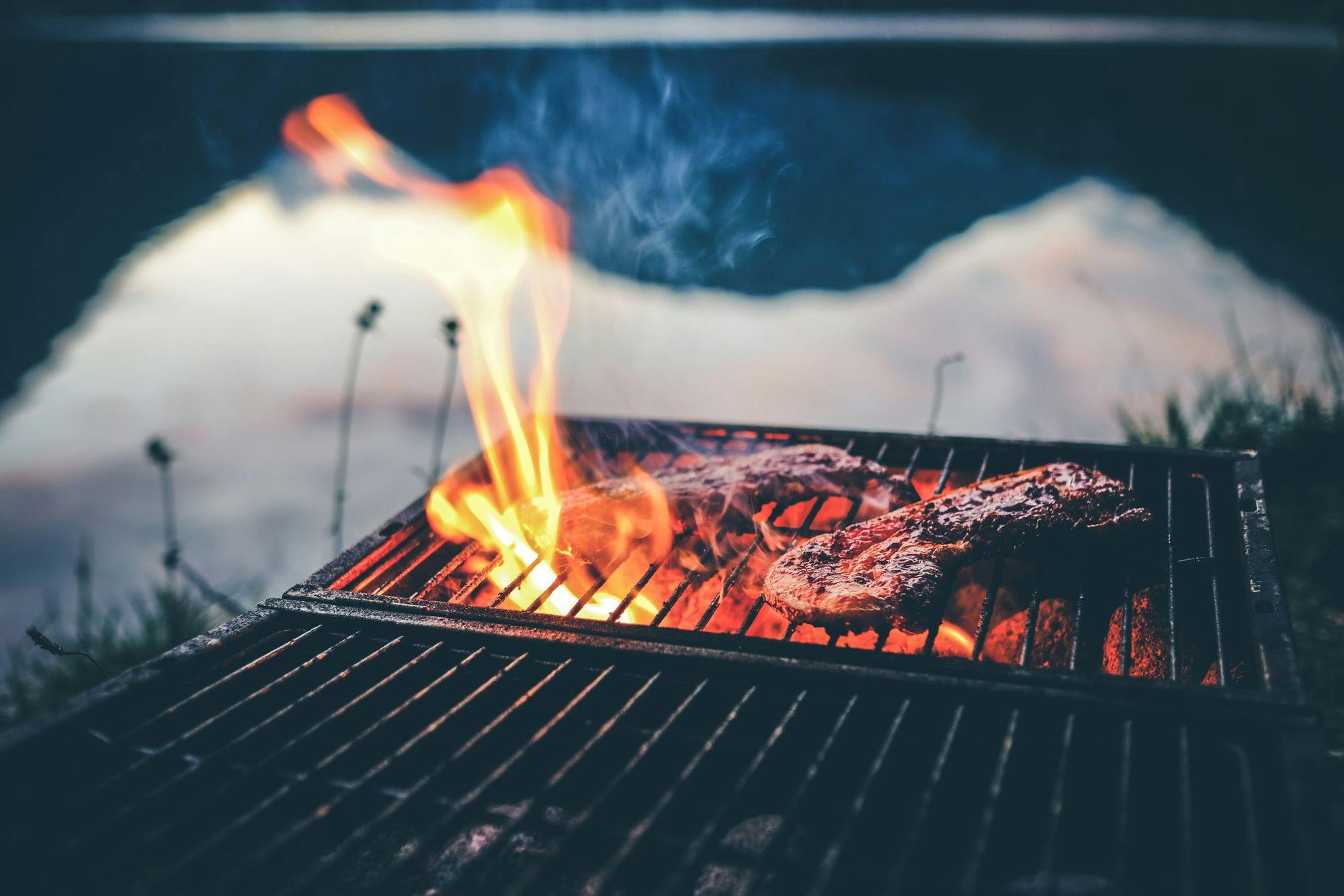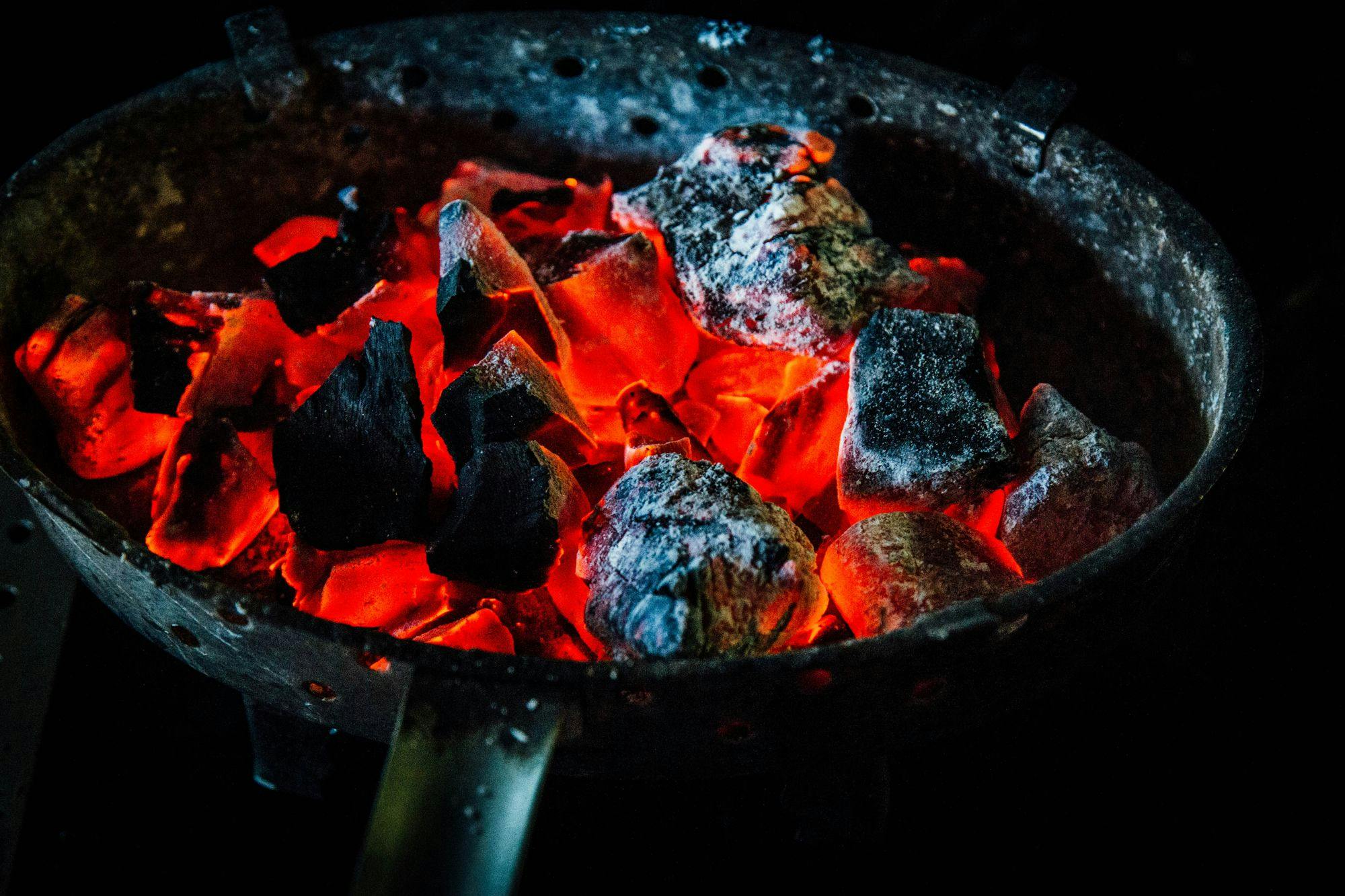Introduction
Have you ever tasted the delicate and succulent flavors of grouper cheeks? If not, get ready to embark on a culinary adventure as we unlock the secret to preserving the freshness of these delectable morsels through canning. In this comprehensive guide, we will take you through the step-by-step process of canning grouper cheeks, including selecting the perfect cheeks, the recipe itself, pitfalls to watch out for, and serving ideas that will leave your taste buds begging for more.
The Benefits of Canning
Canning is a time-honored technique that allows us to preserve the flavors and freshness of food for an extended period. When it comes to grouper cheeks, canning offers several benefits that make it an ideal preservation method. First and foremost, canning helps retain the delicate flavors of grouper cheeks, allowing you to enjoy them long after the fishing season has ended. The canning process also helps extend the shelf life of grouper cheeks, ensuring that you have a ready-to-eat delicacy at your fingertips whenever the craving strikes. Moreover, canning provides convenience and versatility, as canned grouper cheeks can be used in a variety of dishes, from appetizers to main courses. Last but not least, canning is a cost-effective way to enjoy this exquisite seafood delicacy without breaking the bank.
Selecting the Perfect Grouper Cheeks
Before we dive into the canning process, it's important to understand the unique qualities of grouper cheeks and how to choose the best ones for canning. Grouper cheeks are considered a delicacy because of their tender texture and sweet, mild flavor. When selecting grouper cheeks, look for fresh, high-quality cuts that are firm and free from any unpleasant odor. The cheeks should have a pearly white color with a moist appearance. If possible, purchase grouper cheeks from a trusted fishmonger or seafood market that practices sustainable sourcing. This ensures that you are not only enjoying a delicious meal but also supporting the health of our oceans.
Step-by-Step Recipe: Canning Grouper Cheeks
Now that you have selected the perfect grouper cheeks, let's dive into the step-by-step process of canning them to preserve their flavors. Here's what you'll need:
Fresh grouper cheeks
Canning jars with lids
Brine or oil (depending on your preference)
Salt, sugar, and spices (optional)
Prepare the grouper cheeks: Start by rinsing the grouper cheeks under cold water to remove any impurities. Pat them dry using a paper towel. If desired, you can season the cheeks with salt, sugar, and spices to enhance the flavors.
Sterilize jars and lids: To ensure the safety of your canned grouper cheeks, it's essential to sterilize the canning jars and lids. Place the jars and lids in a large pot filled with water. Bring the water to a boil and let it simmer for 10 minutes. Remove the jars and lids using tongs and place them on a clean towel to dry.
Pack the grouper cheeks into jars: Carefully pack the prepared grouper cheeks into the sterilized jars, leaving a small amount of headspace at the top. This allows for expansion during the canning process.
Adding brine or oil: Depending on your preference, you can add either brine or oil to the jars. For brine, combine water, salt, sugar, and any desired spices in a saucepan. Bring the mixture to a boil and then let it cool. Pour the cooled brine over the grouper cheeks, ensuring that they are fully submerged. If using oil, pour it over the grouper cheeks until they are completely covered.
Sealing and processing the jars: Wipe the rims of the jars to remove any residue. Place the lids on the jars and tighten the bands until they are fingertip tight. Carefully place the jars into a canning pot filled with boiling water, ensuring that they are completely submerged. Process the jars according to the recommended processing time based on your altitude and jar size.
Cooling and storing the canned grouper cheeks: Once the processing time is complete, remove the jars from the canning pot and place them on a towel or cooling rack. Let the jars cool undisturbed for 12 to 24 hours. Check the seals by pressing down on the center of the lids. If the lids do not flex or make a popping sound, the jars are properly sealed. Store the sealed jars in a cool, dark place for up to a year.
Pitfalls to Watch Out For
While canning grouper cheeks is a relatively straightforward process, there are a few common pitfalls to watch out for. First and foremost, it's crucial to ensure proper sealing and processing of the jars. Insufficient processing time or improperly tightened lids can lead to spoilage and unsafe consumption. It's also important to be vigilant for signs of spoilage or improper canning, such as bulging lids, cloudy liquid, or off-putting odors. If you notice any of these signs, it's best to discard the canned grouper cheeks to avoid any health risks.
Serving Ideas for Canned Grouper Cheeks
Now that you have canned your grouper cheeks, it's time to explore the many delicious ways to enjoy them. Canned grouper cheeks can be used in a variety of dishes, from simple appetizers to elaborate main courses. Here are a few serving ideas to get you started:
Simple and delicious appetizers: Serve the canned grouper cheeks on a platter with crackers, sliced baguette, or crostini. Add a squeeze of lemon juice and garnish with fresh herbs for a burst of flavor.
Incorporating canned grouper cheeks into main dishes: Add the canned grouper cheeks to pasta dishes, stir-fries, or risottos for a touch of gourmet goodness. The tender and flaky texture of the cheeks pairs beautifully with a variety of flavors.
Creative uses in salads and sandwiches: Toss the canned grouper cheeks into a salad for an elegant twist. Alternatively, use them as a filling for sandwiches or wraps, along with fresh vegetables and a tangy sauce.
Pairing suggestions with complementary flavors: The mild and delicate flavors of grouper cheeks can be enhanced by pairing them with complementary ingredients. Try serving them with citrus fruits, avocado, fresh herbs, or a drizzle of olive oil for a burst of freshness.
FAQ
Can I use frozen grouper cheeks for canning?
Yes, you can use frozen grouper cheeks for canning. However, it's important to thaw them thoroughly and pat them dry before proceeding with the canning process. This ensures that excess moisture is removed, preventing any potential issues during canning.
Can I reuse jars and lids for canning grouper cheeks?
While it may be tempting to reuse jars and lids, it's recommended to use new jars and lids for canning grouper cheeks. Reusing jars and lids can compromise the seal, leading to potential spoilage. It's always better to prioritize food safety and invest in new jars and lids for each canning session.
How long can I store canned grouper cheeks?
When properly canned and stored in a cool, dark place, canned grouper cheeks can be stored for up to a year. It's important to regularly check the seals and discard any jars that show signs of spoilage or improper canning. Always use your best judgment and prioritize food safety when consuming canned foods.
With this comprehensive guide to canning grouper cheeks, you are now equipped to preserve the delicious flavors of this seafood delicacy. So, roll up your sleeves, gather the necessary ingredients and equipment, and embark on a culinary adventure that will leave you with jars of mouthwatering grouper cheeks to enjoy throughout the year. Happy canning!
About Erika Oliver
Erika Oliver is a passionate writer, community advocate, and culinary enthusiast dedicated to bringing people together through the art of barbecue and neighborhood connections. With a profound love for both food and community, Erika has become an influential voice in promoting the joy of gathering around the grill and fostering a sense of belonging among neighbors.



